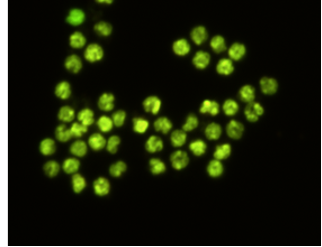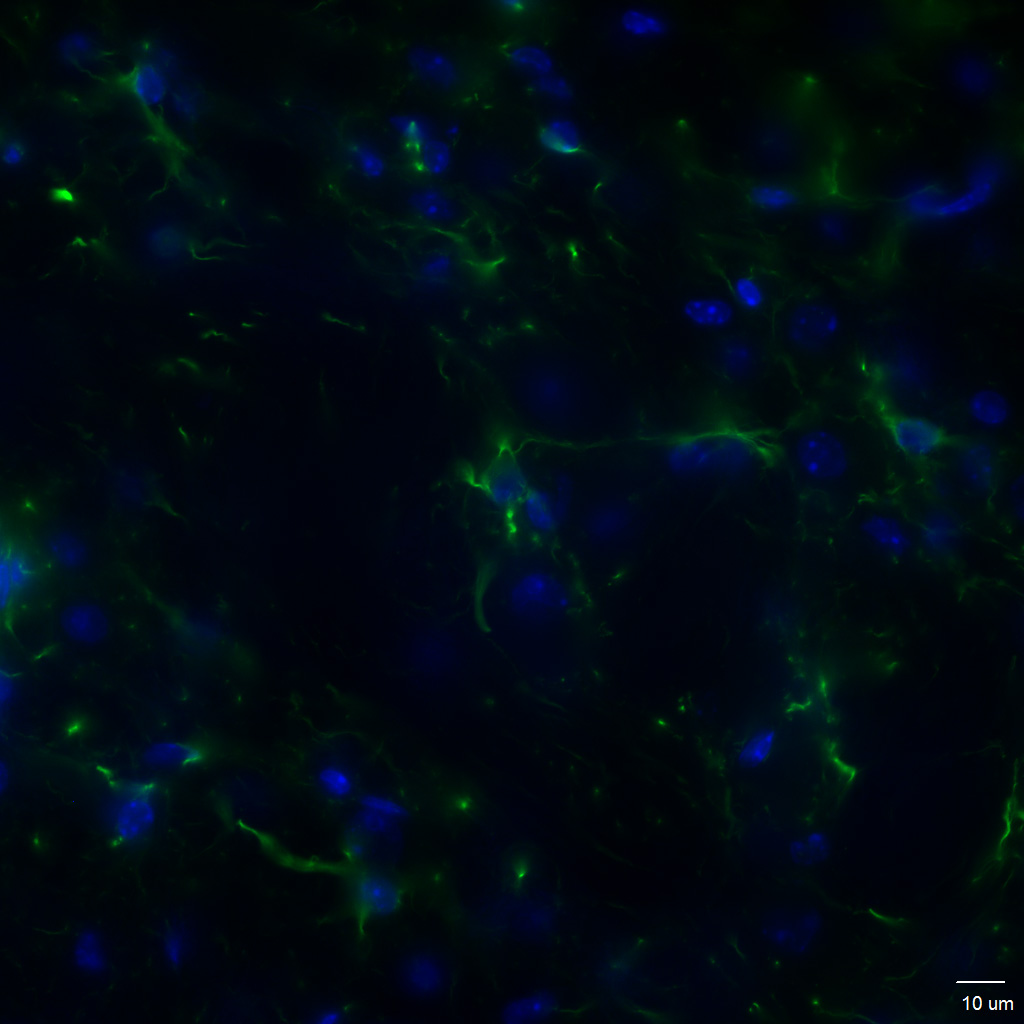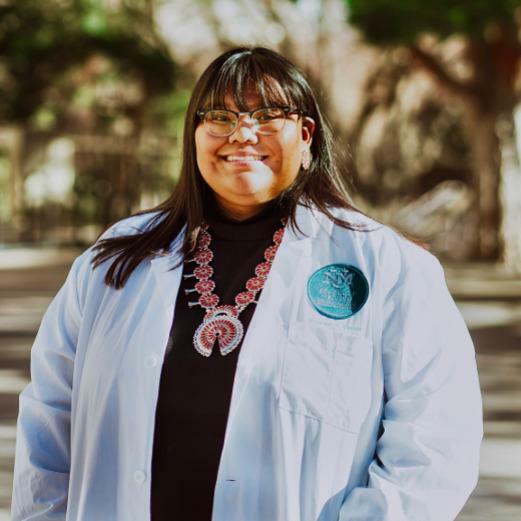This research is funded by an R01 grant from the National Institute of Health totaling over $2.6 million for ongoing research in pre-clinical and clinical models examining uranium mine dust exposure and circulating extracellular vesicles. In addition to looking at molecules found in blood, this research will also leverage a mobile clinic equipped to screen for various health-related biomarkers. A multidisciplinary team will provide individuals living in rural communities the opportunity to participate in research during routine clinical screenings. Understanding how molecular factors influence miners' health is an endeavor that spans nursing, pulmonology, engineering, cell biology and statistics. It is important to occupational and environmental exposures, health sciences and the health of communities.
The mobile clinic, operated by Miners Colfax Medical Center, has, and continues, to travel through New Mexico and the Western United States. This year’s clinic will visit 11 different rural communities and provide health screenings for current and former miners. Clinic attendees who were former miners will also have the opportunity to enroll in the study.

From the 1940s-1980s, over 500 corporate mines were established within the Southwestern United States in Arizona and New Mexico. As a result of erosion and improper reclamation, residents in the region have been exposed to environmental contaminants such as heavy and transition metals. Mining waste-derived metals, including uranium (U), vanadium (V), arsenic (As), and nickel (Ni), are among the most highly prevalent and toxic metals in this region. While health effects arising from ingestion (via plants, drinking water) have been extensively explored, inhalation as a route of exposure for mine site-derived metals has not been rigorously examined. There is an established link between airborne particulate matter (PM) exposure and vascular disease and we have recently demonstrated an association between mine site proximity and circulating serum-based inflammatory potential. Additionally, there is a significantly higher incidence of vascular disease within Navajo Nation; the degree to which environmental contaminants add to this disease burden remains unknown. Our lab actively explores biological mechanisms of inhaled dusts from these mine-sites and longer-term health impacts.

Studies of inhaled particulates and gases demonstrate blood-brain barrier (BBB) dysfunction that can drive neuroinflammatory outcomes. With the recent identification of exosomes as drivers of circulating inflammatory potential, this ongoing project in my lab will address two specific aims: 1) to mechanistically delineate the contribution of circulating PM-induced exosomes as drivers of cerebrovascular endothelial barrier dysfunction and neuroinflammation. 2) to quantitatively assess endothelial cell dynamics following treatment with circulating exosomes from PM-exposed mice using high-content, single-cell imaging.
Despite several studies on respirable crystalline mine dust (RCMD) and respirable crystalline silica (RCS) exposure and health risks, data are still too meager to draw conclusions on population lung disease causes. Furthermore, there is currently no established risk-model for occupational dust exposure and subsequent lung-disease risk. Establishment of a valid model that risk stratifies-miners for coal workers’ pneumoconiosis (CWP) based on mine-, dust-, and health-specific measures could help identify high-risk mines for early intervention. Our lab is actively involved in collaboratively developing risk assessment models based on molecular cellular endpoints.

Principal Investigator
Associate Scientist 1
Undergraduate Student Researcher

Graduate Student
Postdoctoral Fellow
HS Tech 1